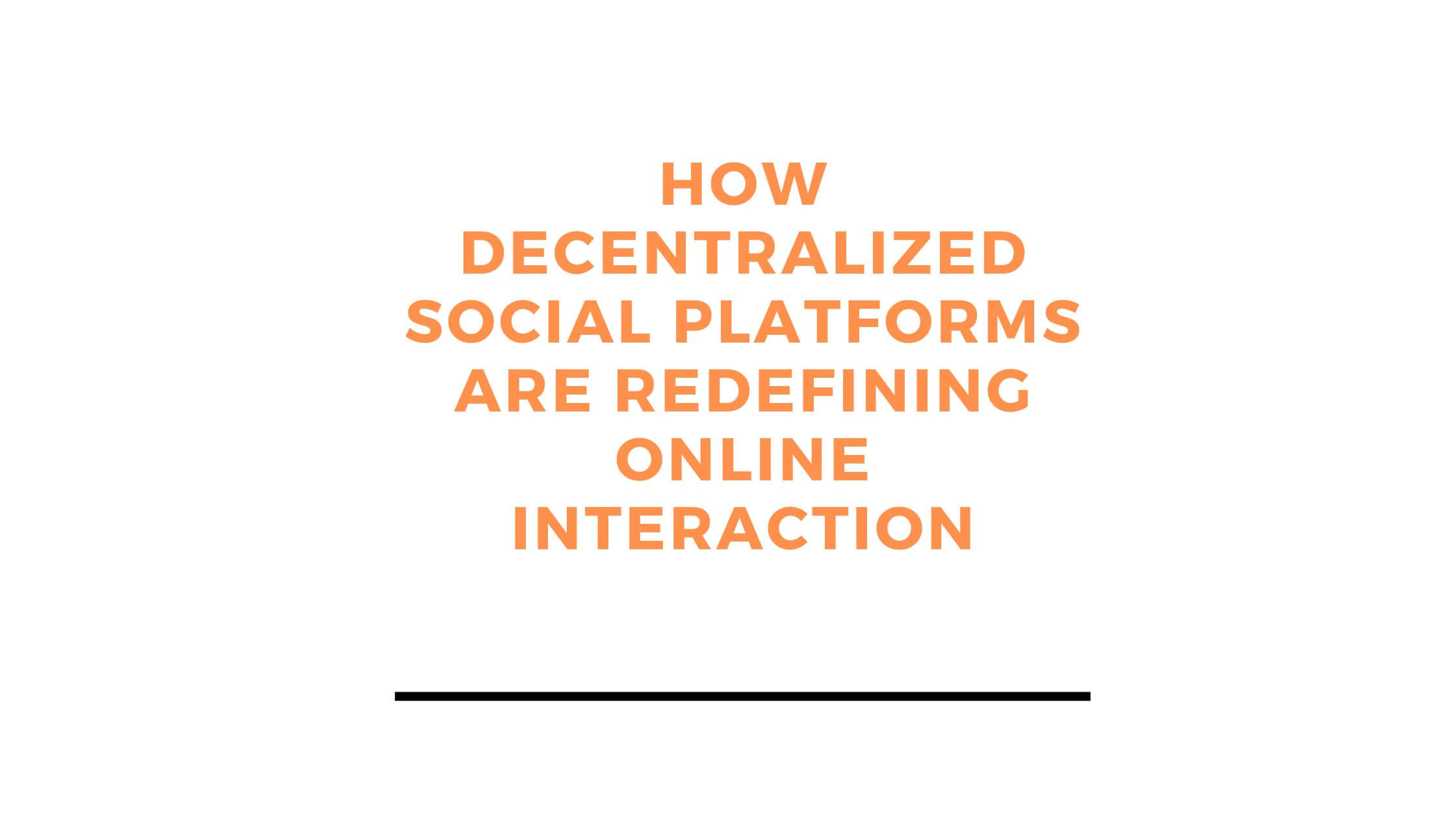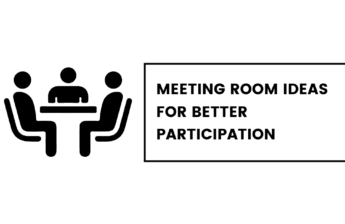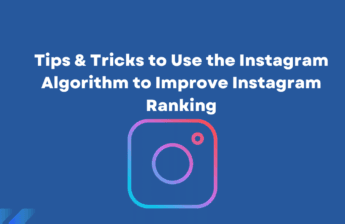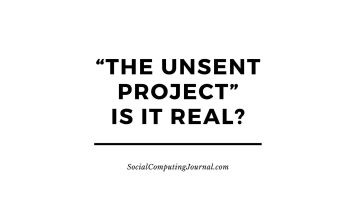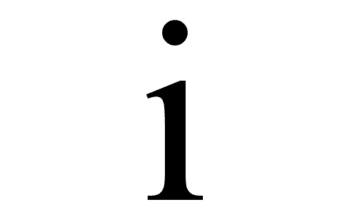New social platforms are changing how we connect online. The shift is happening quietly but steadily. Users are leaving behind controlled networks and moving toward spaces where they can shape themselves. The reason behind this change runs deeper than trends.
Contents
Centralized Networks Are Failing Their Users
Traditional social platforms promised freedom and reach but became profit-focused gatekeepers. Users today face unclear algorithms, sudden bans, and constant ad targeting. According to a 2024 survey by Insider Intelligence, only 18% of US adults trust social media to protect their privacy.
Instead of controlling the space, people want ownership. They want to post without fear of takedowns or losing access to their content. Centralized systems don’t offer that. Decentralized ones might. Even creators hosting live events have started to move toward wallet-based access and tools like blockchain-enabled webinar tools, which help verify real users and reduce dependence on ad-funded platforms.
What Decentralized Social Really Means
Decentralized platforms remove single-point authority. Users control their data and identity. No one can silence them for profit reasons or restrict their reach behind paid boosts.
Platforms like Lens Protocol, Mastodon, and Farcaster store content and identity on blockchain or decentralized servers. Even if one app fails, your profile and followers remain intact.
They run on protocols instead of companies. That allows interoperability. Apps built on Nostr or ActivityPub can communicate, giving users more control. Moderation becomes collective. Users can even fork a network and start their own version if they disagree with decisions.
Why Creators Are Early Adopters
Creators seek stability, control, and fair rewards. On Instagram or YouTube, their income depends on shifting rules. Decentralized platforms offer consistent monetization and platform independence.
Mirror lets writers mint blockchain-based articles that stay accessible and profitable. Content is censorship-resistant and wallet-linked.
Creators hosting live events use platforms with blockchain-based access. It ensures verified users and gives organizers more control. These systems do more than support reach. They protect rights.
Challenges Of Decentralized Platforms
Adoption isn’t frictionless. Most decentralized apps are harder to use, often requiring crypto wallets and knowledge of token systems. That alone slows onboarding.
Scaling is another concern. Mastodon struggled during Twitter exoduses due to server overloads. Lag and bugs reduce trust in new platforms.
Moderation is complex. Without a central authority, safety relies on community action. That can lead to uneven standards and slower responses.
Monetization models also vary. Some platforms use token economies. Others depend on donations or grants. Without clear revenue paths, sustainability is uncertain.
The Role of Communities and Governance
Community input drives decentralized platforms. Users and developers often vote on updates, rules, and direction.
Farcaster gives users a voice in protocol evolution. Mastodon lets server admins define their own rules. Lens Protocol explores DAO governance where token-holders decide features.
This involvement shapes the platform directly. But for it to work, voting systems must prevent manipulation. Governance needs to balance openness with clear enforcement to avoid chaos.
Practical Steps for Getting Started
You don’t need to be technical to explore. Start by choosing a platform. Mastodon is a friendly entry point. Lens and Farcaster offer deeper blockchain use.
How to begin:
- Create a crypto wallet
- Select a server or interface that fits your values
- Back up your keys safely
- Join discussion forums or Discord groups for guidance
Even observing the space before joining fully gives insight into how the community works and whether it fits your needs.
What The Future Might Look Like
As adoption rises, expect hybrid platforms with centralized-style interfaces powered by decentralized infrastructure. The user won’t even need to understand blockchain to benefit.
Imagine this. You publish from one app. It’s stored on-chain and accessible from any app built on the same protocol. You control your data, followers, and monetization no matter which service you use.
Decentralized networks could influence not just social media but also online identity, learning, and work. The goal isn’t just escaping Big Tech. It’s building systems that serve users better.
Conclusion
Decentralized platforms offer more than features. They offer control. Individuals are willing to abandon profit-based models and enter the networks founded on openness, liberty, and ownership. Although the tools are still in the process of evolution, the transition is already taking place. These systems could dictate how we relate in the future with the correct design and trust.

